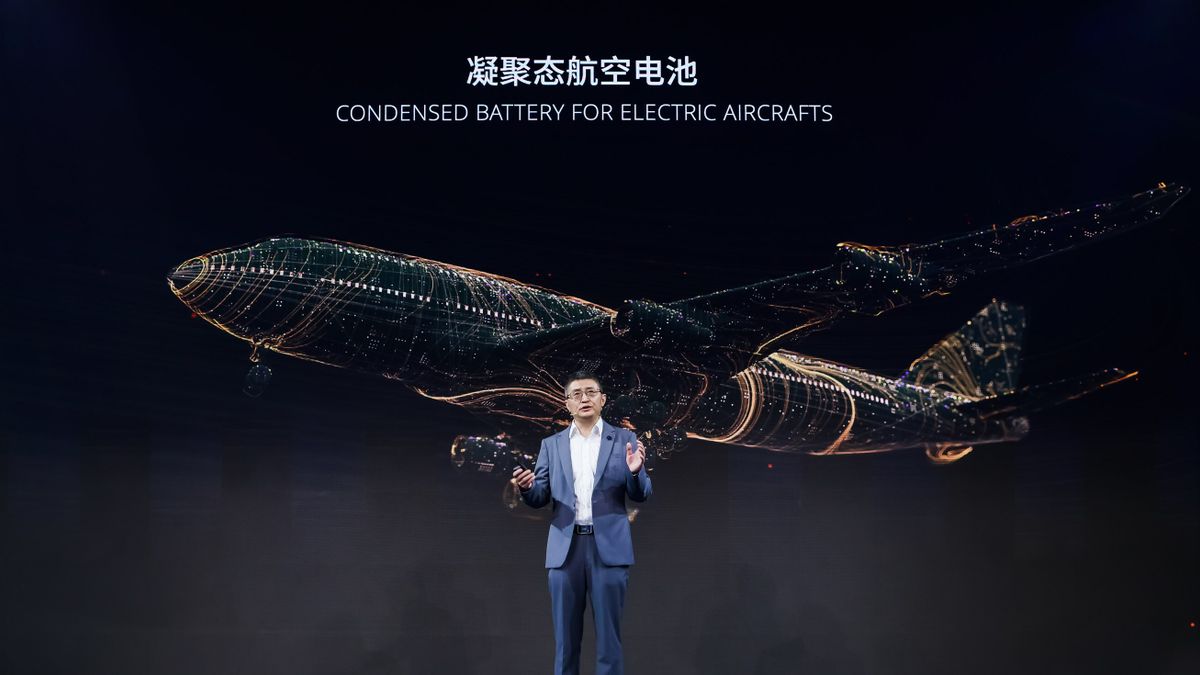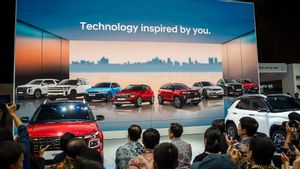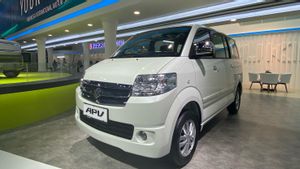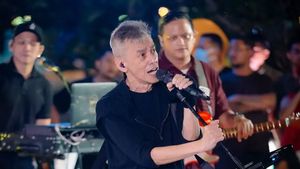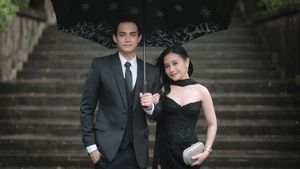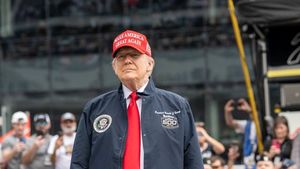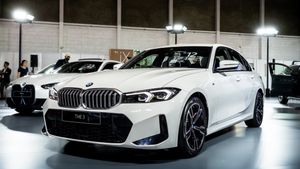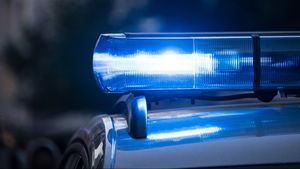After the vice presidential candidate debate held on Sunday, January 21, 2024 at the Jakarta Convention Center (JCC) Senayan Jakarta, it turns out that it is still continuing to this day, including the contents of the EV electric car battery component between those using nickel and those that are not or are called Lithium-Ferro-Phosphate (LFP).
This discussion is quite interesting when it returns to releases published on March 22, 2022 by Wood Macach, a global research and consulting group providing data, analysis, and consulting advice for the energy industry, chemicals, renewable energy, metals, and mining.
At the end of its release, Wood Macach predicts that by 2028 demand for electric vehicle batteries of the LFP type is expected to increase and surpass the currently popular lithium nickel mangan cobalt oxide (NMC) battery.
Why Did LFP Start Up Leaves?
Launching Reuters, June 23, 2023, when the automotive industry seeks to produce more affordable electric vehicles, whose most expensive components are batteries, LFP gains traction as a selected material for electric vehicle batteries. Interestingly, the popularity of the chemical compound known as LFP is partly caused by environmental problems and geopolitical problems.
In addition to cheaper LFP battery prices, LFP batteries are safer because they are less likely to catch fire. However, LFP batteries also have some shortcomings. First, LFP batteries are heavier and bigger than nickel-based batteries. Second, LFP batteries have a lower energy density, so the distance generated is shorter.
"LFP is cheaper than cobalt and nickel, and all minerals can be obtained in North America (meaning) much lower transportation costs and safer supply chains," Stanley Whittingham, professor at Binghamton University in New York and Nobel laureate 2019 for his work on lithium ion batteries told Reuters.
Earlier, in March 2023, Elon Musk also told Reuters that Tesla uses lithium iron phosphate (LFP) batteries because they are cheaper on some of its products including light semi trucks, and it could be some upcoming models such as cheap small electric cars that it will produce, and even to Model 3 and Model Y in the future.
Tesla itself currently uses NMC, LFP, and NCA (nickel-cobalt-aluminum) batteries in its electric vehicles, and the choice of battery chemicals depends on vehicle models and their use objectives. And Tesla's largest supplier of battery type is Contemporary Amperex Technology Co., Limited (CATL), from China.
At that time, Elon Musk said LFP was still dominated by Chinese suppliers. But asking Chinese suppliers to build a battery factory in the United States is a challenge due to US-China political tensions.
The top Battery Manufacturer according to GWh - January-June 2023
It is known, China is also a huge supporter of LFP, a technology spearheaded by CATL, the current global electric vehicle battery manufacturer. This type of battery is known for its low price and chemical stability, although its energy density is lower than other battery chemicals, thus hampering the reach of electric vehicles.
But in August 2023, CATL launched Shenxing which is claimed to be the world's first super fast 4C charging LFP battery.
The battery, dubbed a'move like a god', is capable of reaching a distance of 400 kilometers in 10 minutes of charging, said Gao Han, chief technology officer of the E-car division CATL, in a company release.
The mass production of the Shenxing battery has taken place by the end of 2023, and deliveries will begin in 2024.
But that doesn't mean CATL leaves nickel, CATL's material system is very well known as a pioneer with a high nickel content of 811, along with Nano-rivet technology, offering structural strengthening and protection at the cellular level. This greatly increases energy density and effectively balances high standard safety and reliability.
In addition, CATL has also introduced a new type of battery at the Shanghai 2023 Auto exhibition, namely batteries with condensed or similar materials with a semi-solid battery. According to CATL, the battery of the condensed object is also a type of lithium battery. Its electrolyte shape between the solid and the liquid batteries. This is gel material, compared to the lithium terner battery currently in the general market, this battery has a higher energy density.
The energy density of the terner lithium battery is about 250 valid/kg; while the LFP energy density is basically 180 valid/kg. Meanwhile, the energy density of the condensed material battery cell can reach up to 500 validity/kg, or twice as high as the terner lithium battery.
Currently, CATL is working with partners in the development of electric passenger aircraft and carrying out flight-level standards and testing in accordance with flight-level safety and quality requirements. In addition, CATL will also launch this version of the battery for the automotive world, which has entered mass production in 2023.
The Battery Of A Advanced Electric Vehicle Named Blade Battery From BYD
BYD is not only a global market leader as an environmentally friendly vehicle manufacturer (EV, PHEV, and Hybrid) in the last three years but also the third largest electric car battery manufacturer in the world under CATL and LG Energy Solutions.
As the market leader for pure electric vehicles (EV) under Tesla, many are curious about BYD's car battery technology.
For batteries, BYD uses a lithium iron phosphate (LFP) type battery called "Blade Battery" which is safer than other types of batteries.
"The three BYD electric cars that we brought to Indonesia, from Seal, Dolphin and Atto, all three used LFP batteries that had gone through long corporate testing on the security side," said Luther T. Panjaitan, Head of Marketing Communication BYD Motor Indonesia during the BYD Dolphin Media Test Drive event, some time ago.
In a previous company release, the Blade Battery was a component developed by BYD with maximum security that offers power, high cruising range and long life. LFP is not flammable because it has very good thermal stability and is substantially cobalt-free to make it more environmentally friendly.
The battery is called a "blade" because of its flat shape, straight and long. When compared to the previous model battery, the blaze battery can save up to 50 percent of space.
In terms of battery resilience or life, the Blade Battery cell has a life span of 1,200,000 km or about 3,000 times of charging, making it very appropriate for long-term use.
The English, Chinese, Japanese, Arabic, and French versions are automatically generated by the AI. So there may still be inaccuracies in translating, please always see Indonesian as our main language. (system supported by DigitalSiber.id)
